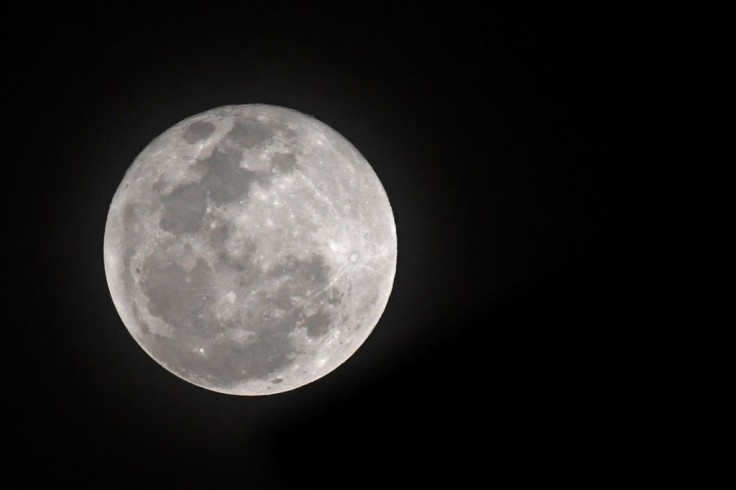NASA tested the spaceflight hardware supporting the endeavor as the agency is getting closer to conducting its first crewed mission to the moon in 50 years. This is as part of the Artemis program.
Thus, to share the space program with more people, three video explainers were released by NASA. The video explainers describe the upcoming Artemis I mission in simple terms.
How would the spacecraft voyage in space?

First Crewed Lunar Landing Since 1972 Might Happen in 2025
For those who are not aware of the missions, Artemis I will perform an uncrewed flyby of the moon. This is as part of preparations for the subsequent crewed Artemis II mission, which will take the same path.
Thus, if both missions go well, Artemis III will put the first woman and first person of color on the lunar surface possibly in 2025, which will mark the first crewed lunar landing since the final Apollo mission in 1972, as per the Digital Trends report.
Based on the current plan, Artemis I will be launched using NASA's new Space Launch System (SLS) rocket and Orion spacecraft. This will be done in a mission that could potentially take place as early as this summer.
It will be seen in the first animation how the SLS rocket will power the Orion spacecraft toward the moon at the start of the Artemis I mission, with the rocket's first stage falling away soon after launch, according to the Digital Trends.
Meanwhile, the second video shows that when the Orion approaches the moon, gravity will pull it toward the lunar surface.
At an altitude of 60 miles, Mission Control will fire the Orion's engines to send it toward what's known as a distant retrograde orbit (DRO) about 40,000 miles above the moon's surface.
A second engine burn will steady the spacecraft in its new orbit once it reaches the target altitude for DRO.
For six days, the Orion will remain in DRO. This will give NASA enough time to gather data from the spacecraft as part of efforts to assess its performance.
Related Article: NASA Warns 2 'Potentially Hazardous' Massive Asteroids to Get Close to Earth This January 2022; Will It Hit?
Homeward Bound: How Will the Spacecraft Return to Earth
Since NASA is planning to put astronauts on the Orion spacecraft from Artemis II onwards, the key part of the test mission is returning the spacecraft safely to Earth, according to Digital Trends.
To make it happen, to take Orion out of the DRO and send it back toward the moon, Mission Control will fire its engines again.
At an altitude of 60 miles, a second engine burn will combine with the moon's gravity to propel the spacecraft on a path back to Earth in a voyage that will take five days, as per the Digital Trends report.
At a speed of about 25,000 mph, the spacecraft will hit Earth's atmosphere, putting huge stress on the underside of the vehicle during its descent.
However, with its specially designed heat shield, along with the parachutes that the Orion will deploy shortly before splashdown, a safe homecoming is ensured.
This month, ahead of an Artemis I launch targeted for August, NASA is about to conduct final tests on the SLS rocket.
Related Article: NASA Asks Public for Opinion on Its Mars Sample Return Mission










